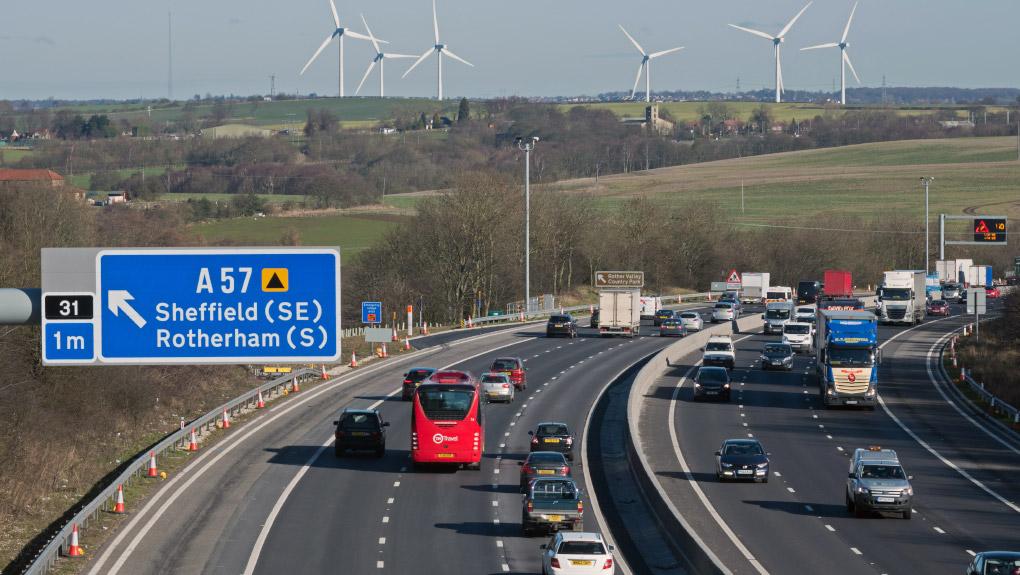
As National Highways’ monitor, we know that there must be a laser-like focus on road safety to ensure England’s strategic road network remains one of the safest in the world.
That’s one of the reasons why in the first road investment strategy (2015-2020) – Highways England (now National Highways) were set a target to reduce the number of people killed or seriously injured on England’s strategic road network (SRN) by 40% in 2020 compared to the period between 2005 and 2009 when 3,017 people were killed or seriously injured on average each year.
Statistics for 2020
On 30 September 2021, the Department for Transport reported that 1,397 people were killed or seriously injured on the strategic road network in 2020.
This is 32% (633) fewer than in 2019 and is a 54% decrease compared to the average between 2005 and 2009 – meaning National Highways exceeded its safety target.
Following the publication of the road safety figures from the Department for Transport, we have now published an update to our annual assessment of National Highways’ performance to focus on the safety target. We will continue to scrutinise, and report on, the actions the company takes to improve safety in the second road period and beyond.
Monitoring National Highways and comparing the data
As we outlined in our 2020-21 annual assessment, the company delivered several interventions to improve safety during 2020-21.
These included working with police forces to support enforcement on the SRN, undertaking research to better understand the causes of fatal collisions, and delivering small scale safety schemes through National Highways’ designated funds.
However, 2020 was an extraordinary year, so how do we compare this safety data?
The coronavirus pandemic led to nationwide lockdowns in 2020 with restrictions throughout the year and into 2021. This saw a 25% reduction in the number of vehicles using motorways and A-roads.
With fewer vehicles on the network, the number of casualties would be expected to fall.
To account for the reduced traffic levels, we can calculate the rate of casualties as the number of casualties per billion miles travelled.
In 2020 there were 72.6 billion miles travelled on the SRN; dividing 1,397 by this mileage gives us an average of 19.2 people killed or seriously injured per billion miles travelled on the SRN, this rate was lower in 2020 compared to 2019.
More can always be done to reduce the number of incidents and casualties on England’s roads. Over the second road investment strategy, we’re monitoring an even tougher target that National Highways plans to deliver for 2025.
The company has a long-term goal of zero harm on the network by 2040 and it has set a target of 50% reduction in people killed or seriously injured on the network in 2025 compared to the average between 2005 and 2009.


